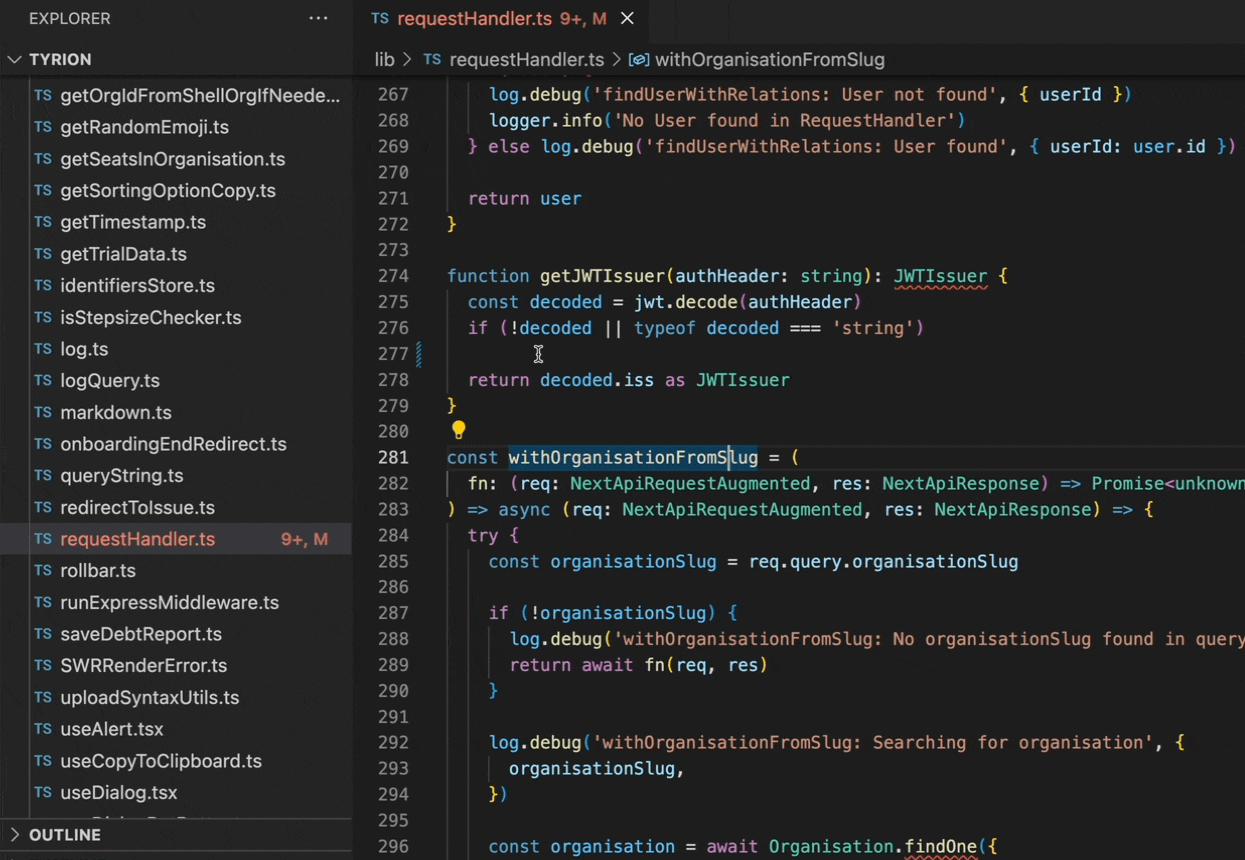Tools to Track and Manage Technical Debt
Businesses of all sizes struggle with managing tech debt, from start-ups to enterprises. Using the right tools and processes to manage technical debt is crucial for engineering teams to maintain productivity and velocity.
Tech debt is an inevitable part of the software development process. Despite this, only 7% of engineers use tools and documentation to track technical debt. Moreover, only 3.5% reported that all engineers on their team take part in tracking tech debt.
Teams that have a good strategy to manage technical debt can save millions in revenue, ship projects 50% faster, and drastically improve engineer retention. Unfortunately, the inverse is also true.
In this article, I’ll…
- Explain why tracking technical debt is so important
- Review three types of tools for tech debt management
- Look at strategies to manage tech debt
Types of tools for addressing technical debt
Tools such as Stepsize, Sonarqube and Klockwork are used to manage technical debt. These tools approach tech debt by analysing the source code to identify hotspots, or helping software developers track issues in the code editor.
There are three main types of tools for managing tech debt. Some will be better suited to your business and use case than others. Let’s look at them in turn.
1. Project Management tools
Your organisation probably already has a project management tool such as Jira.
Jira is designed for cross-team and cross-functional collaboration. For example, it enables project managers or product owners to manage issues logged by developers efficiently. It’s meant to provide an environment for agile development.

However, it has one significant drawback. Engineers find it difficult to use. They have to switch contexts frequently, and the tickets created in Jira are separate from the code they refer to.
This can lead to accumulating tech debt, and makes it hard to know what issues already exist when looking at a codebase.
No stress, though – there are extensions available to maximise the potential of Jira. I’ll talk about that soon!
2. Static analysis tools
Static analysis tools scan source code in search of technical debt. These tools use quantitative data to help developers identify hotspots in the codebase likely to have technical debt.
One of their limitations is that they won't help you identify medium to large pieces of debt that span multiple parts of your codebase. They also won't provide the context necessary to truly understand each piece of debt and how to prioritise and tackle it.
Examples of static analysis tools include Sonarqube and Klockwork.
3. Technical debt tools
Tech debt management is a new category of tools specifically designed to fill the gaps left unaddressed by the other tools above.
These tools are designed to continuously track high-quality issues that are linked to code. They make tech debt…
- Easy to track
- Easy to spot
- Easy to fix
The infrastructure for managing tech debt needs to be set up to encourage engineers to view, log, and resolve tech debt effortlessly. This drives behavioural change around tracking and fixing bugs and issues. When this isn’t the case, fewer issues get logged, issues are low-quality and prioritisation becomes a challenge. This isn’t a sustainable way to build high-quality software in the long term, and the adverse effects touch every corner of the business, from code quality to time-to-market.
Stepsize is the only specialised tech debt tool. Using Stepsize, engineers can track technical debt issues from their code editor and create and organise related issues. It integrates with tools you already use, like Jira.
The Stepsize tool does this by bringing all the features of Jira right into your code editor. It’s designed to help development teams improve quality, efficiency and predictability.
With Stepsize, you can
- Create, view and resolve issues directly from the IDE
- Prioritise issues and tech debt
- Plan sprints with the Jira integration
- Visualise tech debt in your codebase
When engineers create issues with Stepsize, the issues are innately linked to the code, making them both visible and actionable.

Create issues directly linked to code without leaving your codebase.
Learn how to get started with Stepsize here. It works with Visual Studio, VS Code, JetBrains.
Bonus: Collaborate better
A lot gets lost in translation (or in the sea of Jira issues) on dev teams. That makes it tough to keep track of what's happening, and contributes to the sea of tech debt.
With. my team, I'm building a tool that helps keep software teams on the same page.
Stepsize AI observes everything happening on your Jira board or Linear team. It develops context about your projects and goals, and forms connections between tasks, activities and more.
The result is super accurate, automatic weekly sprint reports with the perfect amount of context and detail.

And, without you having to do any trawling through issues or generating multiple reports full of raw data, it’ll…
- Show you the data you need along with useful commentary
- Give spooky accurate summaries of your progress on your sub-projects
- Bring everything back to your goals
- …And give you links to sources, so you can find out more if needed.

You can get your first Stepsize AI report for free.
Key takeaways
Technical debt is an inevitable part of the software development process, and when managed poorly, there can be severe consequences. Fortunately, using the right tools and processes to track and manage technical debt allows teams to become more efficient with their resources, time and money.
☑️ Involve your entire team in high-quality issue tracking
☑️ Install Stepsize for a sustainable solution for engineering teams
☑️ Regularly clear the debt in the way of the features on your product roadmap
Watch this webinar
Register for this webinar


.svg)


.png)



.png)